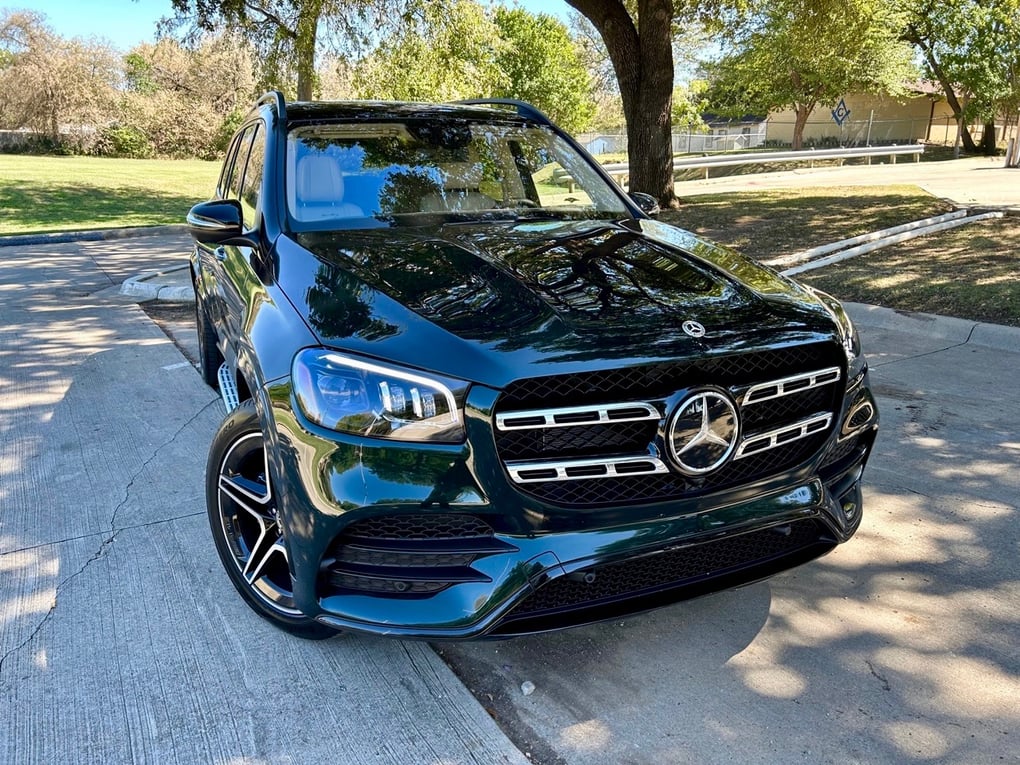New vehicle prices fell in January, albeit slightly, after reaching a record high in December.
January New Vehicle Pricing
Kelley Blue Book (KBB) reports that the average transaction price (ATP) of a new vehicle in the U.S. declined slightly in January 2023 to $49,388. While that's a decrease of 0.6% ($310) from December's record high, it's still up 5.9% ($2,768) when you compare it year over year. In other KBB data:
- The luxury share of the U.S. market set a new record in January, with a 19.6% share of total sales, propping up the overall industry ATP.
- New-vehicle inventory levels are increasing from historic lows in early 2022, but prices remain elevated.
- Electric vehicle (EV) prices decreased by more than $3,300 month over month as Tesla slashed prices in a push to increase volume.
MSRPs
New-vehicle ATPs have been above the average manufacturer's suggested retail price (MSRP), or sticker price, for more than a year, according to KBB. But prices are trending down and when you compare year over year, there's quite a difference:
- In January 2023, consumers paid an average price of $310 more than the average sticker, as prices continue to trend downward relative to sticker price.
- A year ago in January 2022, the average ATP was more than $900 above the average MSRP.
Sales Volumes
Sales volumes last month were up year over year by more than 6%, but down from December, thanks in part to improved supply and added fleet sales. High prices and high loan rates are putting downward pressure on retail sales.
"The transaction data from January indicates that overall prices are no longer increasing like they were a year ago," said Rebecca Rydzewski, research manager of economic and industry insights for Cox Automotive. "Both luxury and non-luxury prices were down month over month, but the mix of luxury vehicle sales last month – at a record high near 20% – helped keep the overall average price elevated."
Non-Luxury Vehicles
KBB says the average price paid for a new non-luxury vehicle in January was $45,344— down from $271 compared to December. The majority of non-luxury brands – including Chevrolet, Chrysler, Dodge, Ford, Honda, Kia, Mazda, and Subaru – all saw ATP declines between 0.3% to 4.9% month over month in January. Higher incentives helped push prices down.
🚗 Check out our review of the nicely updated 2023 Toyota Corolla XSE →
2023 Toyota Corolla XSE
The non luxury brands selling for the most over MSRP in January were Toyota and Ram, transacting between 2% and 5% over sticker price in January.
Luxury Vehicles
Strong luxury vehicle sales have been primary reason for overall elevated new-vehicle prices. This remained the case in January when luxury vehicle share jumped to a record 19.6% of total sales, up from 18.6% in December. The high share of luxury sales helps to push the overall industry ATP higher, even though luxury ATP declined.
In January 2023, the average luxury buyer paid $65,953 for a new vehicle, down $1,560 from December. Buyers continue to pay over MSRP for new luxury vehicles, but not by much. Luxury vehicle ATPs were a mixed bag in January, with luxury cars, luxury compact SUVs and luxury mid-size SUVs showing price declines between 0.4% and 1.4%. Entry-level luxury cars, high-end luxury cars and luxury full-size SUVs all saw price increases between 1.3% and 4.8%.
🚙 Check out our review of the flagship 2022 Mercedes-Benz GLS 580, an SUV CarPro Show host Jerry Reynolds really enjoyed →
The luxury brands selling for the most over MSRP last month were Mercedes-Benz and Lexus, transacting between 1.4% to 4.8% over sticker price. If you are looking for luxury that's selling closer to sticker price, you might check out Audi, BMW, Infiniti, Lexus, Lincoln, and Volvo which were selling at 1% or more below MSRP in January.
Tesla and EV Price Drop
EV prices are still well above the industry average but dropping. The average price paid for a new EV decreased in January by $3,363 (down 5.4%) compared to December. The average new EV sold for $58,725, according to KBB estimates. This of course had to do with Tesla slashing prices. Tesla's average transaction prices decreased $5,440, down 8.4% month over month and down 5.5% year over year. You can read more specifics about the Tesla price cuts in our previous post here. Those price cuts appeared to have worked in terms of getting more sales. KBB estimates that Tesla's January sales increased year over year by more than 30%.
Incentives
As CarPro Show host Jerry Reynolds has also mentioned, incentives are increasing (and were even better in January that expected.) They're still low compared to pre-pandemic years, but getting better thanks to increased inventory.
KBB says incentives increased in January 2023 to 2.8% of the average transaction price, up slightly from 2.7% in December. Still, that's a far cry from January 2021, before the new-vehicle inventory decline, when incentives averaged 8.6% of ATP, according to KBB's estimates.
KBB says the most affordable vehicles – compact cars, compact SUVs and subcompact cars – had above industry average incentives of between 3% to 4%. Researchers say high loan rates and continued inflationary pressures appear to be hurting the lower part of the market, so automakers are more focused on luxury and higher-end models. Luxury cars had the highest incentives in January at 6.2% of ATP. Meanwhile, vans and minivans had the lowest incentives, with less than 1% of ATP.
Listen to the CarPro Show
For the latest on the car buying market tune in to the CarPro Show each Saturday. where CarPro Show host and automotive expert Jerry Reynolds shares his car buying advice and market insight. Also subscribe to our weekly newsletter for the latest advice, vehicle reviews and automotive news.
Photo Credit: Courtesy of Tesla, Inc.

